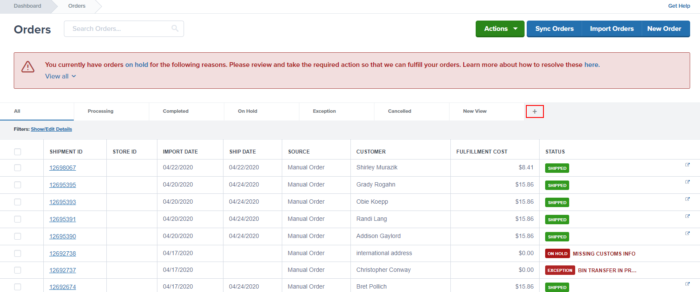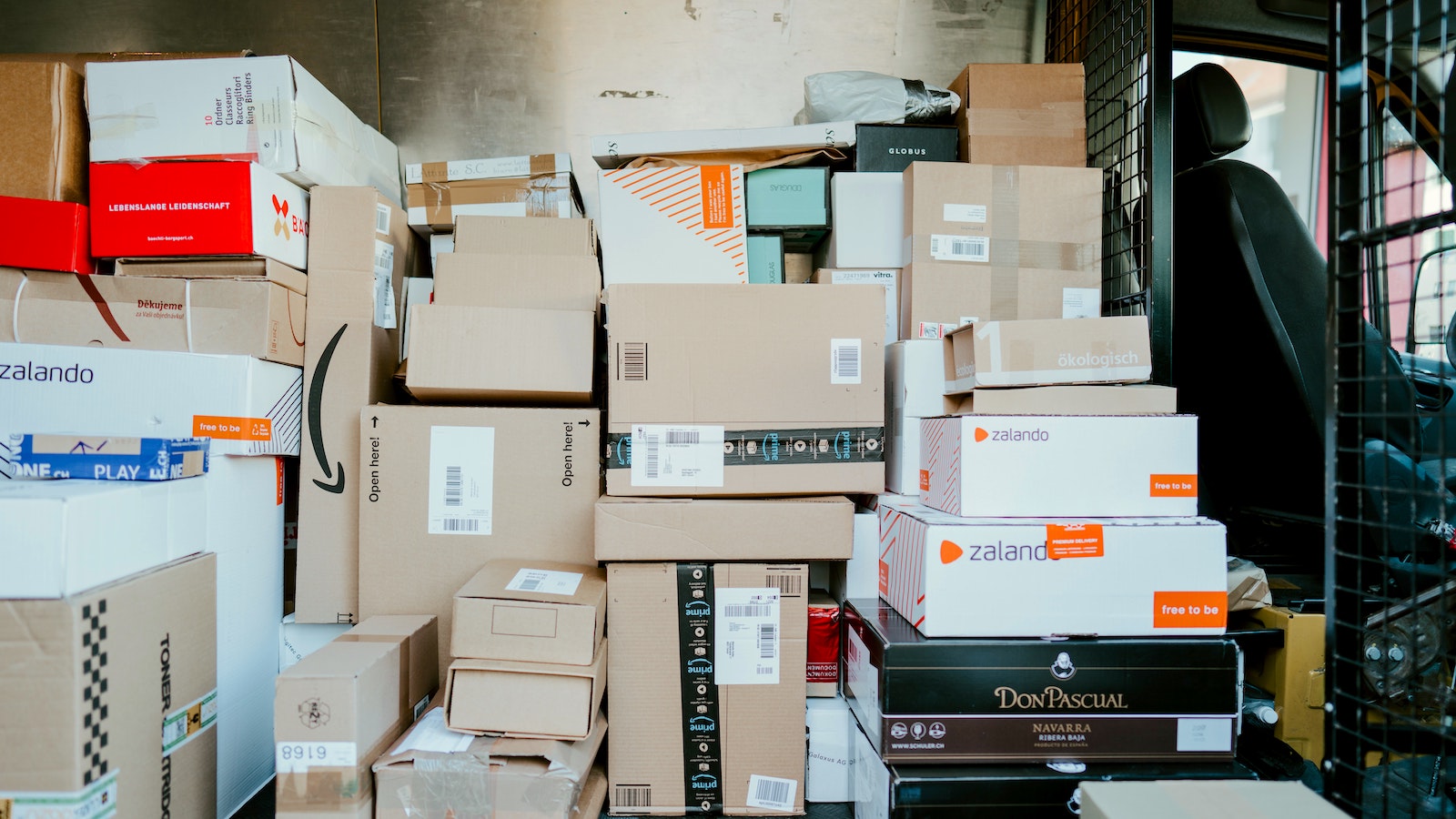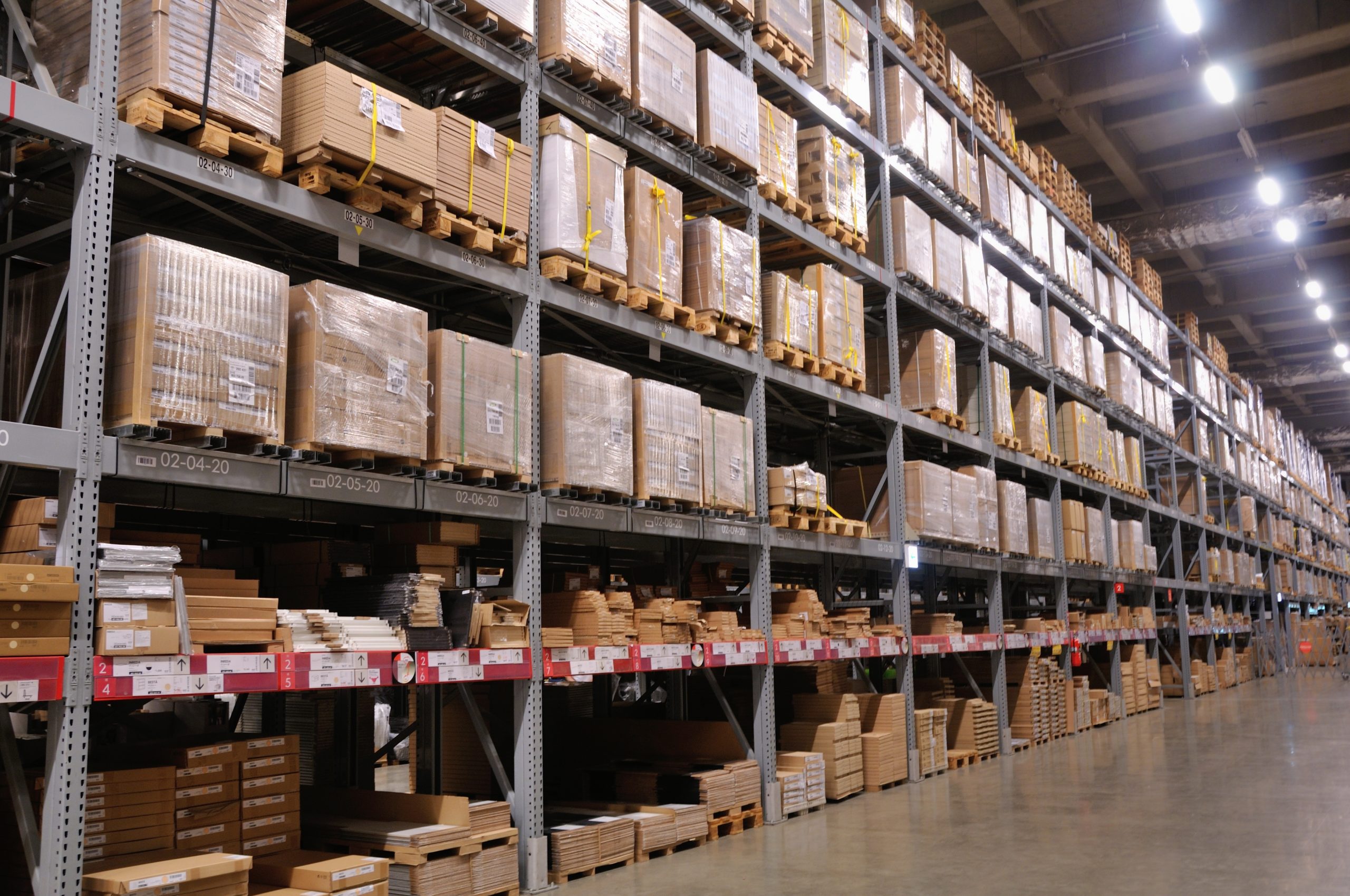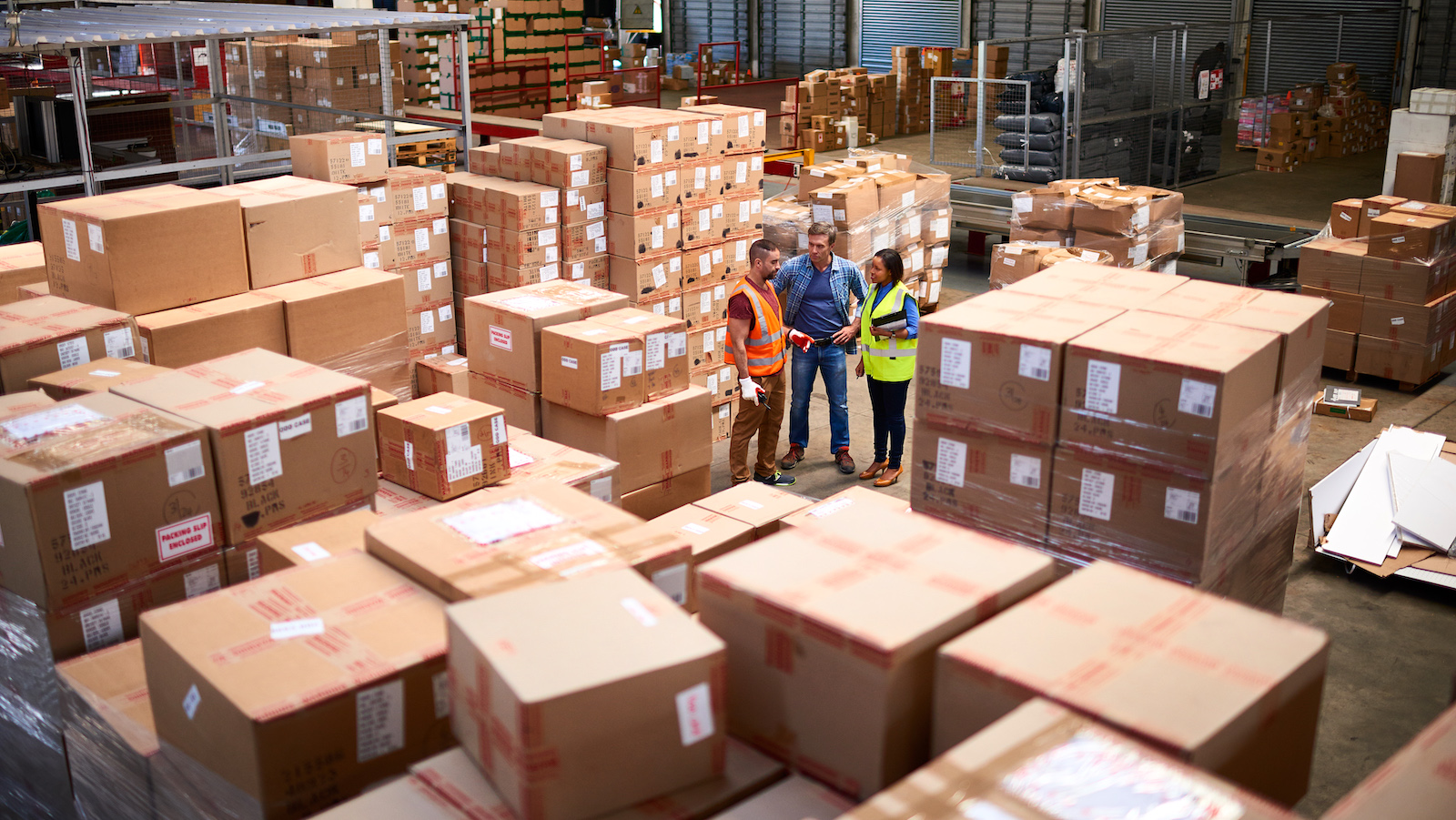Table of Contents
** Minutes
What is small parcel shipping and how does it work?
How are small parcel and freight shipping different?
Why are companies using small parcel shipping?
What are the best small parcel shipping couriers?
Have you started a business but are struggling to keep shipping costs low?
Depending on theshipping carrier you choose, the cost of small parcel shipping can make or break your small business.
Luckily, partnering with a3PL like ShipBob takes the guesswork out of small parcel shipping.
With ShipBob, you’re given access to a variety of carrier options, plus the tools you need to optimise yourshipping strategy.
In this article, you will learn how small parcel shipping works, its benefits, and how ShipBob can help youautomate the shipping process.
What is small parcel shipping and how does it work?
Small parcel shipping refers to sending an individual small package through a shipping carrier.
Generally speaking, any handheld package less than 70 pounds is considered a small parcel.
From a consumer’s standpoint, think about a time you’ve ordered a package from an online retailer and had it delivered right to you — maybe it was a loaf of banana bread, maybe it was the brand new PlayStation 5 (if so, we’re jealous). If you could pick it up without making an appointment with your chiropractor afterwards, it was a small parcel shipment!
With small parcel shipping, you pack finished goods together in a box, envelope, or poly mailer, then hand it off to the shipping carrier of your choice. From there, the carrier transports it through its networks and takes care of thelast-mile delivery for you.
Depending on the kind of package you’re sending, you’ll likely get better rates with certain couriers over others.
For instance, USPS offers the best rates for smaller, lightweight packages under 1 lb., while UPS now offers competitive rates forground shipping, and FedEx is typically the most expensive out of all three options (in part because they specialize in business deliveries and niche shipments, such assending frozen food packages).
How are small parcel and freight shipping different?
Small parcel refers to sending individual packages under 70 lbs., whereas freight shipping is used for shipping multiple oroversized packages on pallets or large containers.
Unless it’s anB2B shipment, your customers probably aren’t ordering hundreds of the same package to the same exact address. Since customers are located all over the place, you’ll be sending individual packages to a variety of different destinations via small parcel shipping most of the time.
You really only need to consider freight shipping if you’re sending tons of packages on pallets, or if you’re in the business of sending oversized items, likefurniture.
Generally speaking, any shipment larger than 30” x 30” x 30” or that weighs over 150 lbs. is considered freight and shipments falling below these dimensions are usually cheaper to ship through small parcel services.
Why are companies using small parcel shipping?
Ecommerce businesses rely on small parcel shipping for a variety of reasons.
Here are three of the biggest benefits.
1. It’s easier to track
When you’re sending tons of small parcels all over the country (or the world), you may assume that keeping track of them would be like trying to keep tabs on a ton of marbles rolling down a hill. But it’s actually the opposite — especially with the right technology.
Mostshipping softwares designed for ecommerce use shipping APIs to connect with leading couriers to make it easy to track hundreds of small parcel shipments.
For instance, ShipBob ships small parcel packages for over 5,000 brands, and makes it easy for merchants totrack orders from the ShipBob dashboard.
In addition to sending confirmation emails to your customers as soon as their orders ship, ShipBob also allows you to filter orders by tracking status, search for specific orders, and edit shipping details when customers accidentally make typos when entering their addresses (trust us, this happens a lot!).
Better tracking for your small parcel shipments leads to fewer undeliverable or lost shipments, fewer errors, and fewer returns, all of which ultimately combine to reduce shipping costs.


“ShipBob’s advanced software helps us quickly understand shipping costs and how to improve shipping times and costs by being closer to where our customers are.”
Andrea Lisbona, Founder & CEO of Touchland
2. It’s cheaper than freight shipping
Small parcel shipping is often cheaper than freight, since packages are shipped inpoly mailers or other types of lightweight packaging.
Forhigh-volume orders, you can make shipping even more affordable by partnering with a 3PL company, and taking advantage of their capacity to secure bulk discounts (e.g.,USPS’s commercial pricing) for small parcel shipments.
ShipBob is one example of a 3PL provider that has entered into “economies of scale” agreements with leading couriers.
Since ShipBob injects such a high number of small parcels into couriers’ networks, their customers get to take advantage of specially-discounted rates that they would not have access to otherwise.
“Working with ShipBob has been great. Being able to take advantage of USPS’s Media Mail shipping rates through ShipBob has helped out a ton.”
Lee Nania, Founder of SubSubmarine
3. It’s better for the environment
As the ecommerce industry continues to grow globally,eco-friendly shippingand zero-waste shipping are becoming more important to consumers as time goes on — and thank goodness. After all, there are roughly165 billion packages shipped every year in the US, and the cardboard for these packages amounts to 1 billion trees!
Luckily, 3PLs are building strategies to help brands implement carbon-neutral shipping solutions throughout their networks and across hundreds of small parcel shipments.
For instance, ShipBob offers an integration and partnership with Ecocart to give merchants the option to make their ecommerce fulfilment operations as eco-friendly as possible.
But for small parcel shipments to stay eco-friendly (and cost-effective!), there are some things your brand should consider.
First, while you always have the option to useeco-friendly packaging to reduce waste, the most important thing to be cautious of isdimensional weight (DIM).
DIM is a pricing technique used by couriers that calculates the amount of space a package takes up.
Sometimes, a lighter package can actually take up more room than a heavier one based on the DIM weight, which is computed by multiplying length x width x height, and dividing that number by a DIM divisor set by each carrier.
The more you minimise the amount of packaging used, the more money you’ll save while simultaneously reducing your carbon footprint.
“Our business is built on sustainability and we aim to provide our customers with carbon-neutral products from our natural sources to their front door. That is why we work with ShipBob to offset carbon emissions from our ecommerce supply chain.
Minimise upfront investment and maximise positive impact on the planet by utilising the simplest way to incorporate sustainability into your brand’s operations, carbon offsetting.”
Fannar Jonsson, Quality and Environment Manager at Blue Lagoon Skincare
What are the best small parcel shipping couriers?
The three major couriers in the US areUSPS, UPS, and FedEx.
While the three primary US couriers handle small parcel shipments for domestic shipments in the US, they each specialize in different areas of the industry and offer different levels of pricing to their customers.
No single carrier is better than the others, per se; rather, it all depends on what your business needs.
Regional parcel couriers are also viable options for small parcel shipping. If your customers are mostly clustered in one region of the country, regional couriers can offer competitive rates and delivery times that are quicker than larger couriers could provide.
Since regional couriers solely focus on serving one specific area rather than on a nationwide network, some regional couriers even offer same-day delivery.
To give you an example of the different carrier options available, we’ve listed five different couriers below (all partners of ShipBob) and their small parcel shipments options.
| Carrier | Pricing | Shipping Options |
| USPS | $4+ |
|
| UPS | $7+ |
|
| FedEx | $16+ |
|
| CDL Last Mile Solutions | $15+ |
|
| OnTrac | $15+ |
|
| Lone Star Overnight (LSO) | $10+ |
|
| United Delivery Service (UDS) | $10+ |
|
How ShipBob helps you with small parcel shipping
“We need to deliver quickly and inexpensively. Since switching to ShipBob from our previous 3PL, our fulfilment cost on comparable orders went down by 25%.”
Michael Peters, VP of E-Commerce Operations at TB12
As simple as small parcel shipping is, the process itself can get complicated.
There are so many couriers out there, offering different areas of expertise. If you’re trying to find the best options for your small business, it’s easy to feel overwhelmed and confused.
That’s where ShipBob comes in.
By trusting ShipBob with your logistics needs — includingwarehousing,order fulfilment, and shipping operations — you take the guesswork out of finding your best shipping options, and give experts the power to help you save money and time.
ShipBob’s best-in-class technology does the legwork for you by “rate shopping” in real time between the regional and major couriers (domestic and international) that ShipBob partners with. In addition, ShipBob negotiates discounted bulk shipping rates that you can pass on to your customers.
The best part? ShipBob also offers a2-Day Express Shipping Program, which enables 2-day shipping for all of your customers in the continental US.
Whether you store inventory in one fulfilment centre location or several, opting into ShipBob’s Express Program allows you to ship to all postcodes within the continental US in 2 days, which delights customers and often increases conversion rates and AOV.
With ShipBob on board to handle your small parcel shipping, you can finally focus on doing what you do best: growing your business.
Small parcel FAQs
Here are the most frequently asked questions about small parcel shipping.
What is small parcel shipping?
Small parcel shipping refers to individual packages weighing less than 70 pounds that shippers send through regular couriers. It’s often a more affordable option, since items are shipped in lightweight packaging and via ground.
How big is a small parcel?
While small parcels vary in size, we generally define them as any handheld package weighing less than 70 pounds, and any package with dimensions less than 30″ x 30″ x 30”. This said, different shipping couriers have different size limits for the parcels they accept into their networks. For instance, the maximum dimensions for shipping with USPS are smaller than what UPS and Fedex allow for.
How much does it costs to post a small parcel?
The cost to ship a small parcel can range anywhere from $4 to well over $100, depending on how much your package weighs, the distance it needs to travel, and how soon you need the package to arrive. For instance, it will be cheaper to ship a small parcel if it’s on the lighter side, and if you don’t need it to arrive right away.



